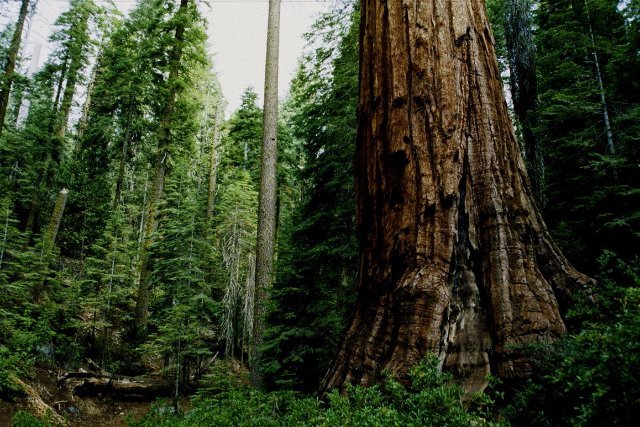The Chief Executive of the Forestry Commission, Mr John Allotey has called on Chiefs and community leaders to revive and revise taboos and totemic systems to protect forests and wildlife species because the immense value of forests and forest-dwelling wildlife species is intrinsically linked to the livelihoods of local communities.
Mr John Allotey made the call at a forum to mark this year’s World Wildlife Day (WWD) in Accra which was christened “Forests and livelihoods: Sustaining People and Planet”, underscoring the central role of forests, forest species and ecosystems in sustaining the livelihoods of hundreds of millions of people globally.
According to the United Nation Environment Programme, forests are home to 80% of all terrestrial wildlife. The ecosystems they sustain are essential to global biodiversity, human livelihoods & the broader needs of societies & economies globally. Also, forests resources support, in one way or another, about 90 per cent of the world’s poorest people, a fact especially true for indigenous communities that live in or near them.
However, unsustainable exploitation of forests harms these communities and contributes to biodiversity loss and climate disruption. Every year, unsustainable agriculture, timber trafficking, organized crime and illegal trade in wild animal species, costs the world about 4.7 million hectares of forests – an area larger than Denmark.
Mr John Allotey reiterated that forests and wildlife species played essential roles in sustaining the livelihoods of millions of people, especially indigenous and local communities with historic ties to forested areas, and charged traditional authorities to help preserve and conserve those resources.
“Forest-fringed communities depend on forests resources for various products such as fuelwood, construction materials, medicines and food. This tells us that when our forests are destroyed, everyone suffers.”
Mr John Allotey, Executive Director
He said forests protects watersheds and reduces erosion and chemicals that reaches waterways and serves as a buffer in natural disasters like floods. He urged local community leaders to report and help officials of the Wildlife Division of the Forestry Commission to arrest and prosecute people who flout forest and wildlife laws.
Mr Allotey asked community leaders to embrace the government’s initiative in protecting reserves through the creation of Community Resource Management Areas aimed at improving livelihoods sustainably through beekeeping, snail or grass-cutter rearing and mushroom production, among others. He added that lack of awareness, poverty and negligence were root causes of the destruction of forests and wildlife species and called on the media, law enforcement agencies and the judiciary to help protect them towards sustaining people and the planet.
The Executive Director of the Wildlife Division, Mr Bernard Asamoah-Boateng revealed that his outfit was protecting and managing 21 wildlife protected areas, totalling 5.6 per cent of Ghana’s landed area. The protected areas include seven national parks, six resource reserves, two wildlife sanctuaries, one strict nature reserve and five coastal wetlands. He intimated the economic importance of the protected areas could not be overemphasized as they contributed to improving the livelihood of communities surrounding them.
However, constant poaching, felling of trees and mining among others adversely affects wildlife habitats, resulting in a drastic decline in the population of wildlife species and inevitably affecting the environment.
“Not only do these activities negatively affect biodiversity conservation, but they also pose a real and increasing threat to national and global sustenance.”
Mr Bernard Asamoah-Boateng, Wildlife Division.
The Executive Director added that it is, therefore, everyone’s responsibility to help maintain and save all forms of life on earth by abstaining from acts that are not compatible with wildlife resources’ maintenance and conservation.
2021 World Wildlife Day
This year’s Wildlife Day christened “Forests and livelihoods: Sustaining People and Planet” aligns with some specific UN Sustainable Development Goals that aim to conserve life and land, eradicate poverty and ensure that resources are used sustainably. The Day also recognizes the importance of forest-based livelihoods and promotes forest and forest wildlife management practices that accommodate both human wellbeing and long-term conservation of forests.
Commemorative events include a film festival and a global youth art contest, where young artists highlight the multiple global environmental crises faced by forests ecosystems and the wildlife and humans within, from climate change to biodiversity loss.
Read also: Forestry Commission Working To Address Sector Challenges- Dr. Kwakye Ameyaw





















